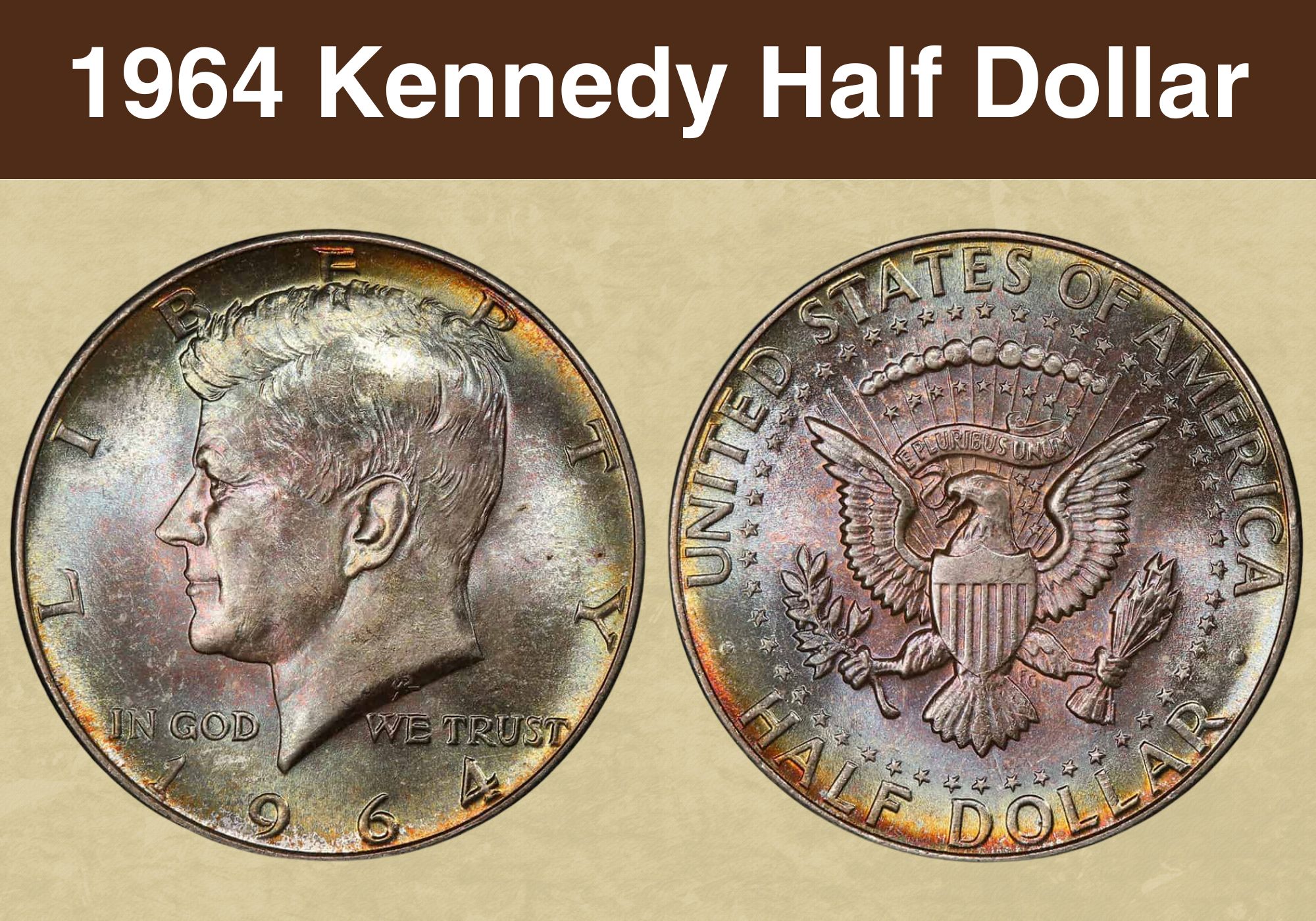
Coin Value Contents Table
- 1964 Kennedy Half Dollar Details
- 1964 Kennedy Half Dollar Value Chart
- 1964 Kennedy Half Dollar Grading
- 1964 Kennedy Half Dollar Value and Varieties Guide
- 1964 “no mint mark” Kennedy Half Dollar Value
- 1964 “D” Kennedy Half Dollar Value
- 1964 Proof Kennedy Half Dollar Value
- 1964 Kennedy Half-Dollar History
- Rare 1964 Kennedy Half Dollar Error List
- Where to Sell Your 1964 Kennedy Half Dollar ?
- 1964 Kennedy Half Dollar FAQs
Are you interested in the value of your 1964 Kennedy half-dollar? You have stopped at the right page.
The 1964 half dollar is the first coin to feature the portrait of president J.F Kennedy. Struck within a few weeks after the president’s assassination in 1963, the piece won the heart of many grieving Americans. It was a ray of hope during a dark time.
Today, we are excited to discuss the 1964 Kennedy half dollar. In this article, we will dive into its value, history, and unique errors. Also, don’t forget to read the FAQs section.
1964 Kennedy Half Dollar Details
- Category: Kennedy Half Dollars
- Mint: Philadelphia and Denver
- Obverse Designer: Gilroy Roberts
- Reverse Designer: Frank Gasparro
- Metal Composition: Copper-Nickel Clad
- ASW: 3617oz
- Fineness: 9
- Diameter: 30.6mm
- Weight: 5g
- Edge: Reeded
One reason coin collectors talk about and search for the 1964 half-dollar is its unique design. The half-dollar is an important piece meant to honor the memory of a fallen hero.
As such, the designers, Gilroy Roberts and Frank Gasparro were committed to delivering a stunning specimen.
Below, we have highlighted some interesting design details of the 1964 Kennedy half dollar.
The Obverse
The obverse of the 1964 half-dollar showcases a bust of President John F. Kennedy slightly smiling. Theory suggests Roberts believed the late president looked more handsome while facing left.
It also said that the late president’s wife, Jacqueline Kennedy, requested more details on her late husband’s hair.
Additionally, the obverse features the inscription “LIBERTY” arc around the top. The phrase “IN GOD WE TRUST” runs across the coins from right to left. As for the year of production “1964”, it falls around the bottom.
The Reverse
Things get even more interesting on the reverse side of the 1964 Kennedy half dollar. The reverse design is the work of a renowned engraver, Frank Gasparro. He based it on the reverse he had created for the Presidential medal.
But perhaps the fascinating element on the reverse is the American bald eagle. With its wing spread out, the eagle holds an olive branch to symbolize peace and a quiver of arrows to represent strength.
On the bird’s chest lies a shield that bears a resemblance to the United States flag. A ring of 50 stars encircles the eagle to represent the fifty states that make up the United States of America.
Running along the top of the coin are the words “UNITED STATES OF AMERICA”. The denomination “HALF DOLLAR” falls around the bottom.
Additional Features
In 1964, only two minting centers struck the Kennedy half dollar: Philadelphia and Denver mint. Unlike pieces from Philadelphia, Denver coins come with a “D” mint mark on the reverse, on the left side of the olive branch.
Besides that, you can notice Gilroy Roberts’ initials “GR” engraved at the bottom of Kennedy’s neck.
The 1964 Kennedy half-dollar comprises 90% silver and 10% copper. From 1965 to 1970, the United State mint changed this composition to 40% silver and 60% copper.
In 1971, the half-dollar underwent yet another change. For the first time, the mint used a metallic composition of 75% copper and 25% nickel for the half-dollar, removing silver from the coin.
The 1964 Kennedy half dollar weighs 12.5g (0.4409245 ounces) and has a reeded age. It also has a diameter of 30.61mm and a thickness of 2.15mm.
1964 Kennedy Half Dollar Value Chart |
||||
| Mint Mark | Condition | |||
| Good | Fine | Extremely Fine | Uncirculated (MS 60) | |
| 1964 “no mint mark” Kennedy Half Dollar | $13 | $13 | $13 | $16 |
| 1964 “D” Kennedy Half Dollar | $13 | $13 | $13 | $16 |
Also read: 13 Most Valuable Franklin Half Dollars Worth Money
1964 Kennedy Half Dollar Grading
Coin grading is the most effective way to determine your 1964 Kennedy half dollar value. It involves assessing the condition of the coin, and identifying signs of wear and damage due to intense circulation. Here’s a detailed video on 1964 Kennedy half-dollar grading:
The Sheldon Scale is arguably the best grading system/method for the 1971 half-dollar. It involves assigning coins a numerical value based on their condition. For example, AU50 implies that an uncirculated piece displays signs of wear on high points and has a few contact marks.
| # | Grade |
| 1 | Basal State-1 |
| 2 | Fair |
| 3 | Very Fair |
| 4, 5, 6 | Good |
| 7, 8, 10 | Very Good |
| 12, 15 | Fine |
| 20, 30 | Very Fine |
| 40 | Extremely Fine |
| 50 | About Uncirculated |
| 60 | Mint State |
| 65 | Mint State |
| 70 | Mint State |
1964 Kennedy Half Dollar Value and Varieties Guide
The 1964 Kennedy half dollar was one of the most eagerly awaited coins in history. The U.S mint issued the first units on March 24, 1964, at the height of the coin shortage of the 1960s.
Because of the coin’s popularity and high silver prices, very few pieces saw circulation. Individuals hoarded all the half-dollar coins they could get their hands on, increasing the coin shortage.
The timing of a new half-dollar could not have been worse, as the government was about to remove silver from American coinage. To reduce hoarding of the 1964 Kennedy half dollar, congress approved freezing of the date until further notice.
1964 “no mint mark” Kennedy Half Dollar Value
- Type: Kennedy Half Dollar
- Mint Mark: No Mint Mark
- Place of Minting: Philadelphia
- Year of Minting: 1964
- Face Value: 05 UD
- $ Price: $12- $4,650
- Mintage: 273,304,004
Although the Philadelphia Mint produced over 273 million 1964 Kennedy half dollars, only 87,448,004 coins were struck that year. The rest got minted in 1965 and 1966, but they kept the date 1964.
Despite the high mintage, only a few coins remained in circulation. But, millions still survive in mint state.
As for their value, 1964 Kennedy half dollars in circulated condition cost anywhere from $12 to $14. Those graded at MS67+ can fetch as much as $4,650.
1964 “D” Kennedy Half Dollar Value
- Type: Kennedy Half Dollar
- Mint Mark: D
- Place of Minting: Denver
- Year of Minting: 1964
- Face Value: 05 UD
- $ Price: $13- $26,500
- Mintage: 156,205,446
The Denver mint struck only 144,411,608 Kennedy half dollars in 1964. The remaining pieces was struck in 1965.
People hoarded the 1964-D Kennedy half-dollar coins like their Philadelphia counterparts. Because of this, only a few coins survived in circulation. 1964-D pieces are rare in less than AU-50 state.
Most coins exist in mint states but with scratches caused by contact with each other when traded in bags. Above grade MS66, the 1964-D half-dollar becomes rare and expensive.
Currently, a circulated 1964-D Kennedy half-dollar costs between $13 and $14. But in uncirculated conditions, the value of these pieces can range from $16 to $26,500.
In 2016, a 1964-D half-dollar graded by PCGS at MS68 sold for $22,325 at Legend Rare Coin Auctions.
1964 Proof Kennedy Half Dollar Value
- Type: Kennedy Half Dollar
- Mint Mark: No Mint Mark
- Place of Minting: Philadelphia
- Year of Minting: 1964
- Face Value: 05 UD
- $ Price: $5,400
- Mintage: 3,950,792
The Philadelphia mint also produced about 4 million Proof Kennedy half dollars in 1964. These pieces have a sleek mirror-like finish, with a frosted image of J.F. Kennedy on the obverse.
Out of the 3,950,792 units minted, only 100,000 specimens come with a full hair on the late president. These proof coins are also divided into three categories based on their cameo contrast: no cameo, cameo, and deep cameo.
Non-cameo units sell for $11 at PR60 and $38 at PR67. At PR70, these half dollars can fetch as much as $2,800. 1964 Proof Kennedy half dollar with cameo contrast and accentuated hair cost $14 in PR60 and $60 in PR66. Above PR68, these half-dollar coins’ value ranges between $125 and $360.
Deep cameo 1964 proof Kennedy half dollars displays strong contrast between the design elements and fields. To date, only 104 deep cameo Kennedy half dollars have been graded by PCGS.
Deep cameo 1964 pieces are expensive compared to their cousins. In PR66, they can fetch about $140, while in PR67 they have a value of $215. But in grade PR68, a deep cameo 1964 Kennedy half-dollar with accentuated hair can sell for an impressive price of $19,975.
Also read: 13 Most Valuable Kennedy Half Dollar Worth Money
1964 Kennedy Half-Dollar History
Now, let’s shift to the interesting part of this guide: 1964 Kennedy half-dollar history.
The inception of the 1964 Kennedy half dollar begins on November 22, 1963, a few hours after the assassination of President John F. Kennedy. His death caused shock and grief, not only in the U.S. but also around the world.
To honor this fallen hero, Congress proposed a depiction of Kennedy on one of the circulating silver currencies. Eligible candidates for replacement included the Peace dollar, Franklin half dollar, and Washington quarter.
The peace dollar didn’t make the cut, since millions of this coin sat uncirculated in the government Treasury Department vaults. As for the quarter dollar, Jacqueline Kennedy, the late president’s wife, didn’t fancy the idea of replacing George Washington. As a result, she selected the Franklin half-dollar.
Within a week after the death of the president, the U.S. mint began working on the Kennedy half dollar. Mint director Eva Adams approached engravers, Gilroy Roberts and Frank Gasparro, to design the coin.
Roberts created the obverse of the half dollar, based on the President Kennedy medal, which he had created previously. Frank worked on the reverse design, which he based on the Presidential seal. These designs worked together perfectly, resulting in a stunning souvenir.
In mid-December, 1963, Jacqueline Kennedy and Robert, the late president’s brother, reviewed the coin’s design. And Mrs. Kennedy proposed some changes to JFK’s hair to make him less serious.
Production began in 1964 in Philadelphia and Denver. The two minting centers produced over 429 million 1964 Kennedy half dollars and more than 3 million proof coins.
Even though the U.S. mint recorded a high mintage in 1964, they couldn’t make enough units to stay in circulation. Investors and coin collectors hoarded this half-dollar because of its popularity and soaring silver prices.
For this reason, the mint stopped producing 90% silver half-dollar coins in 1965. Instead, it opted for a new composition of 40% silver, which changed to 75% copper and 25% nickel in 1971.
Also read: 11 Most Valuable Half Dollars In Circulation
Rare 1964 Kennedy Half Dollar Error List
Our guide will not be complete without highlighting the errors in the 1984 Kennedy half-dollar series. Some flaws make these coins rare and increase their value significantly. So, what are the most popular 1964 Kennedy half-dollar errors?
1. 1964-D Double Die Obverse Error
The double die obverse error happens when a die strikes the silver planchet twice. You might observe the doubling in the inscription “In God, We Trust” and the higher points of the coin. In 2021, a 1964-D double die obverse Kennedy half-dollar sold for $129.99 on eBay.
2. 1964-D Kennedy Half Dollar Quadruple Double Die Obverse Error
Perhaps one of the most unique errors in the 1964-D Kennedy half dollar is the quadrupled double die obverse error. PCGS has only graded one coin with this error and it sold for $1,940 in 2022.
You can see the quadrupling of the letter “U” in the words “IN GOD WE TRUST”. The error is also visible on the date of issue – more specifically on the right side of number 4.
3. 1964-D Double Die Obverse FS-104
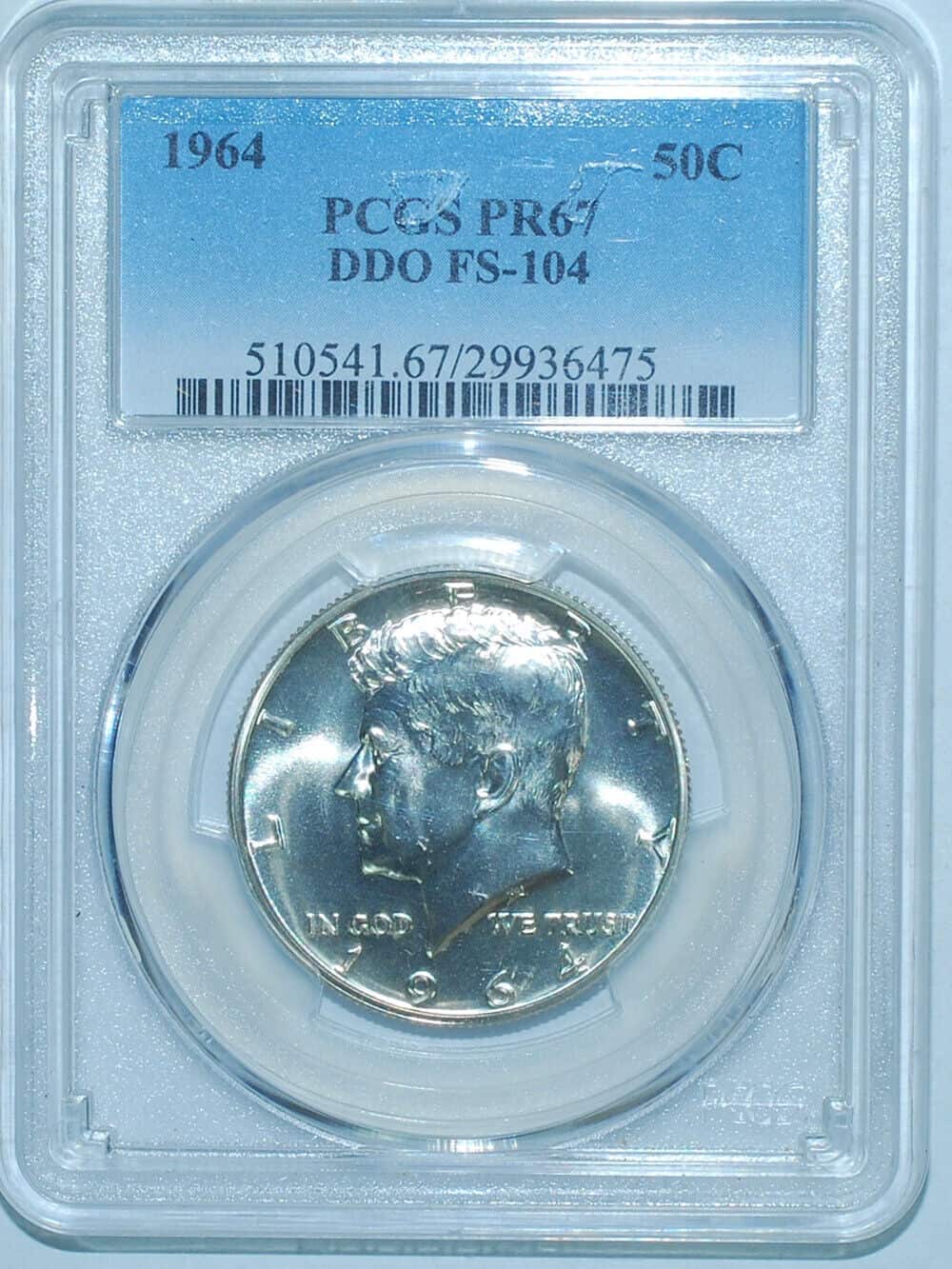
A First Strike or FS 1964 Kennedy half dollar is a coin received by grading companies within 30 days after release. In this case, a 1964 -D with double die obverse and FS-104 grading can be valued at $225 or more, depending on its mint state.
4. 1964-D/D Re-punched Mint Mark
Another error worth checking out in 1964 half dollars is the re-punched mintmark error. It occurs when the punch responsible for punching the mintmark into the die leaves multiple impressions that overlap. As a result, the struck coin displays the same mintmark twice.
A 1963-D/ D Re-punched mint mark at MS66 grade can cost as much as $400.
Where to Sell Your 1964 Kennedy Half Dollar ?
Now that you know the value of your coins, do you know where to sell those coins online easily? Don’t worry, I’ve compiled a list of these sites, including their introduction, pros, and cons.
Check out now: Best Places To Sell Coins Online (Pros & Cons)
1964 Kennedy Half Dollar FAQs
Why did the U.S. mint strike so many 1964 Kennedy Half Dollars?
In the 1960s, high silver prices forced people to horde every silver coin they could find. This resulted in a shortage of silver coins. In response, the United State mint increased production to meet the growing demand.
The mint produced about 430 million Kennedy silver half dollars in 1964. However, investors and coin collectors saved these pieces, driving the coin out of circulation. Eventually, it became clear the government could not continue with this production rate, considering the nation’s silver stocks had plummeted.
To address this problem and save the country’s economy, congress passed a law to reduce the content of silver in the half dollar from 90% to 40%.
What is the mystery behind the 1964 SMS Kennedy Half Dollar?
The 1964 SMS Kennedy half dollar is considered the rarest in the series. No one knows how and where it was produced, as it has no mint mark. Numismatics speculate it’s part of an experimental collector coin set struck by the mint in Philadelphia.
Unlike regular strike 1964 half dollars, this one comes with a sharp strike and satin finish. It also has a few die-polishing lines but no contact marks. That means they were struck individually, one at a time.
Only six pieces of the 1964 SMS Kennedy half dollar exist today and they can sell for over $156,000.

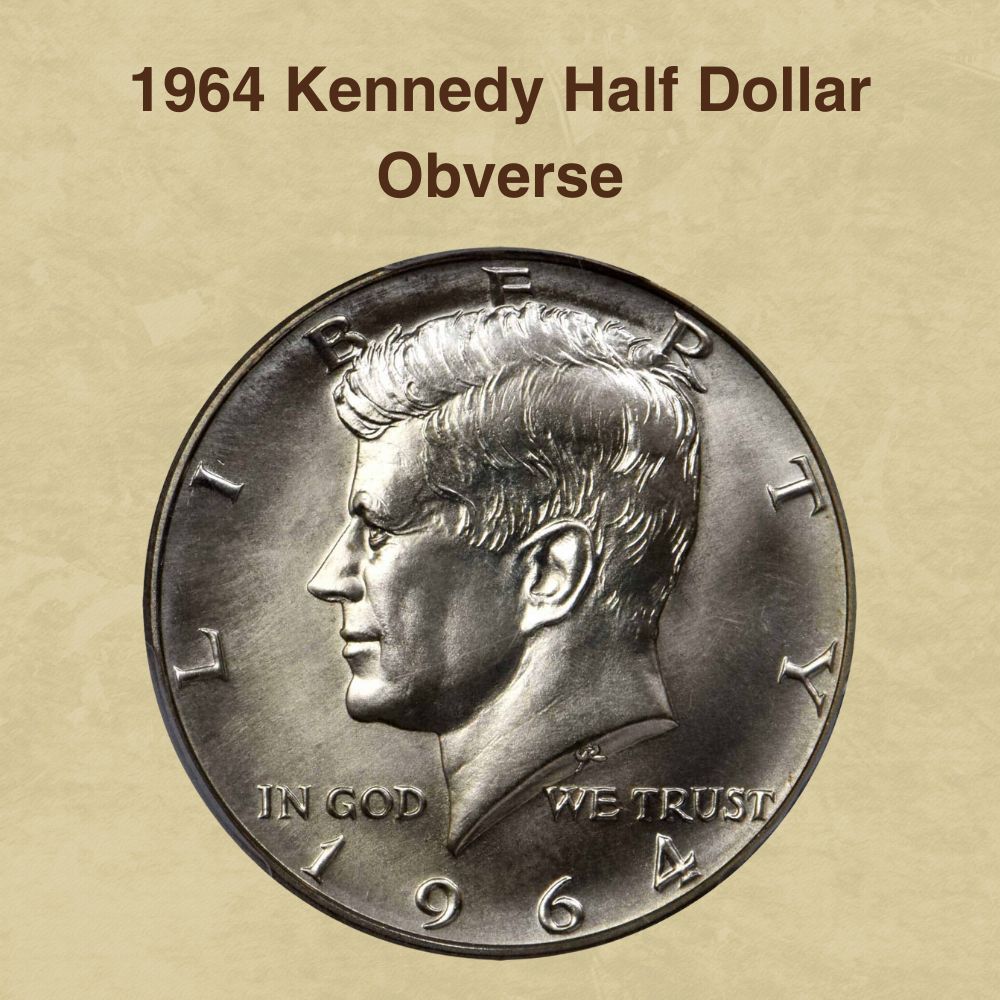
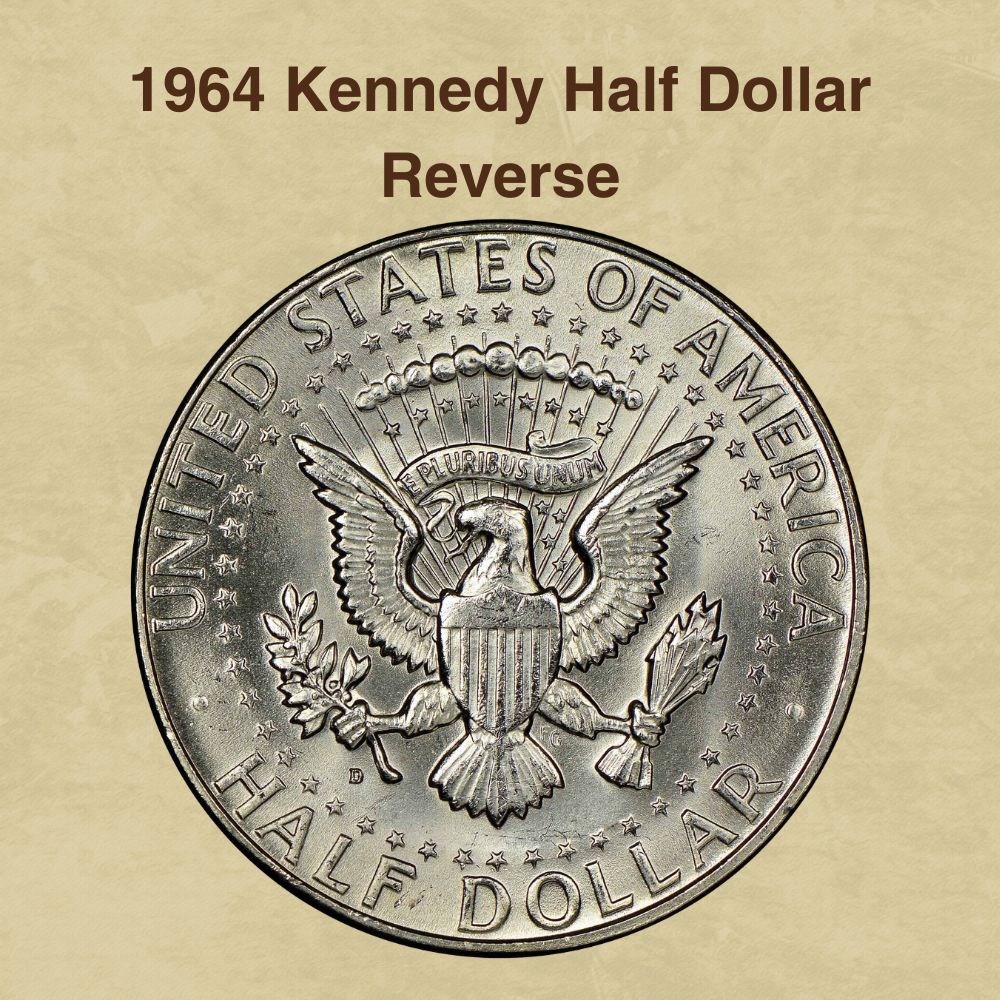
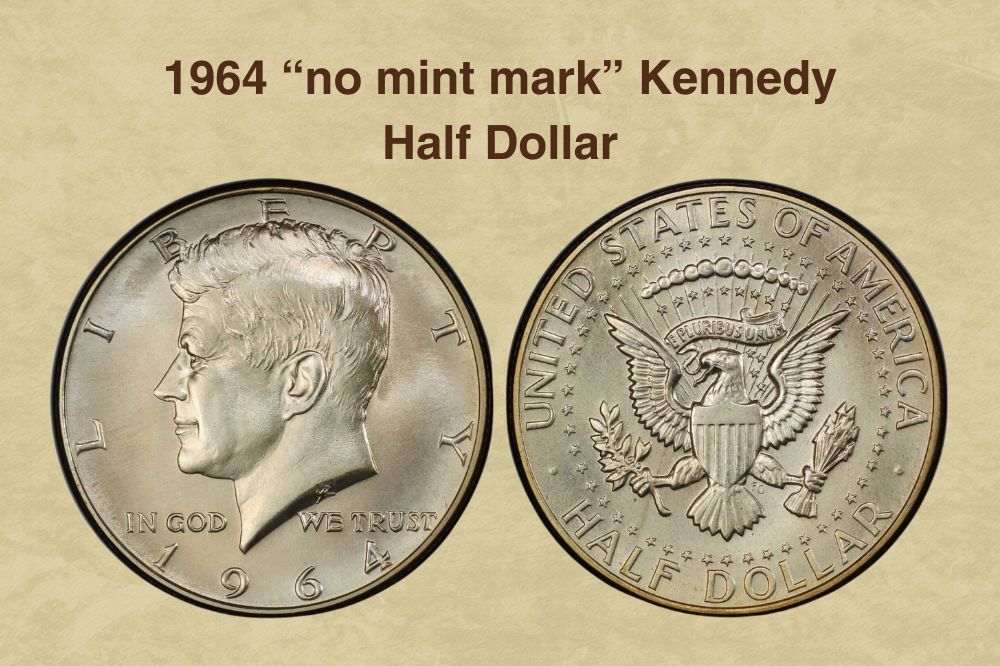
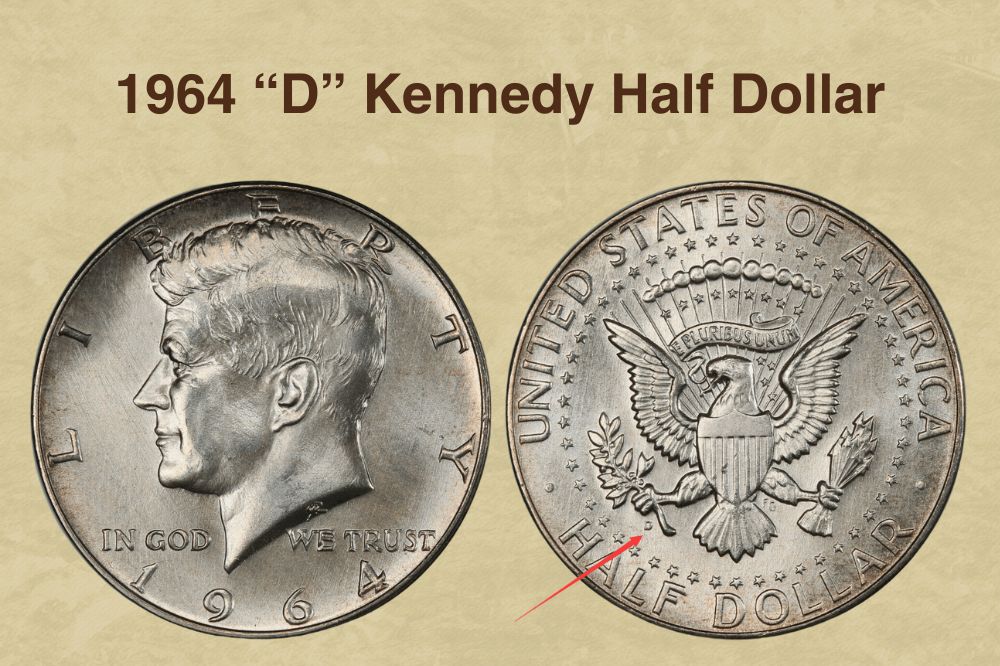
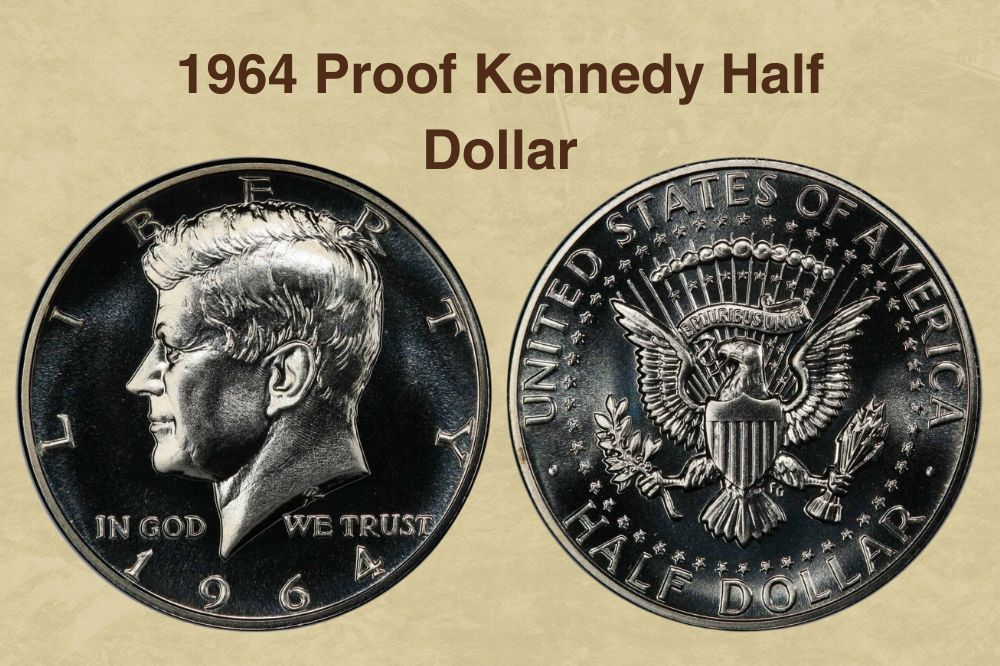
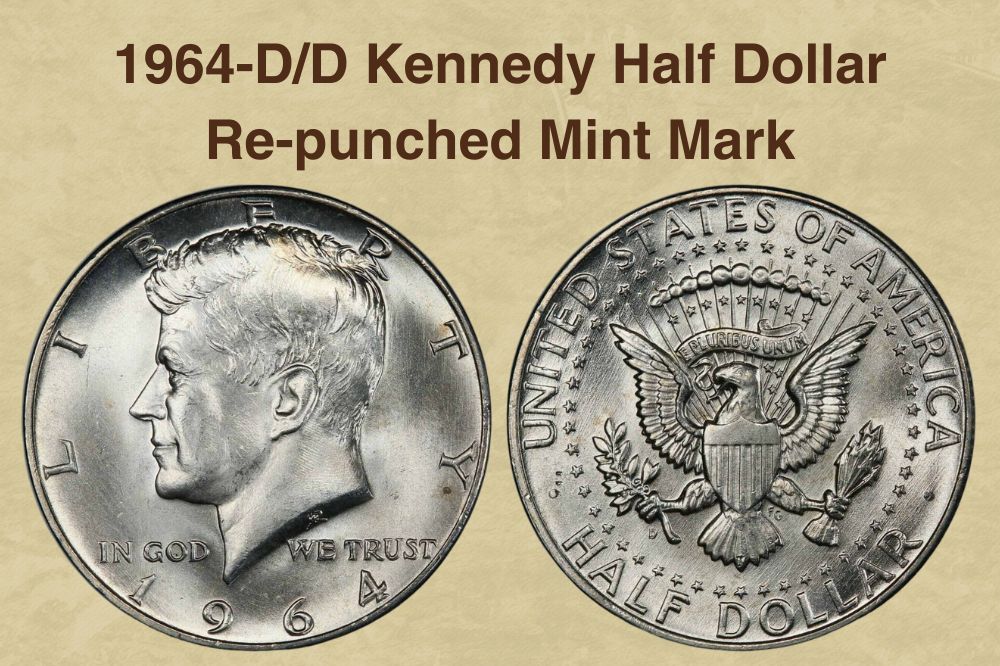
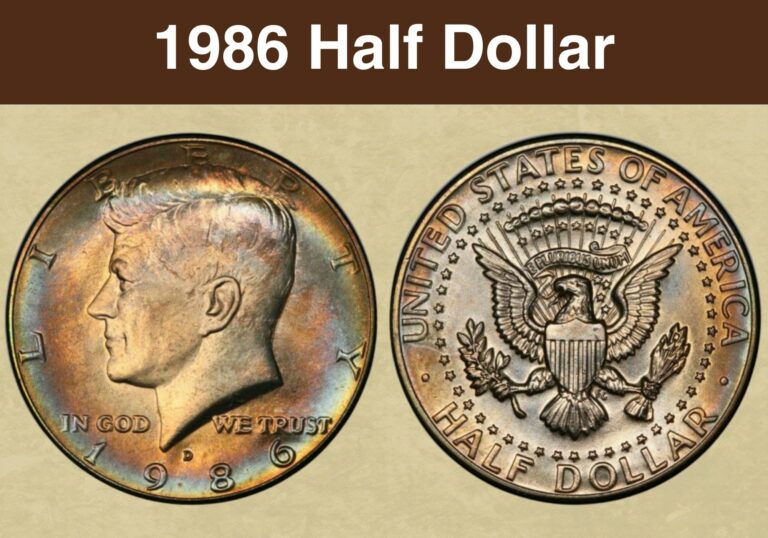
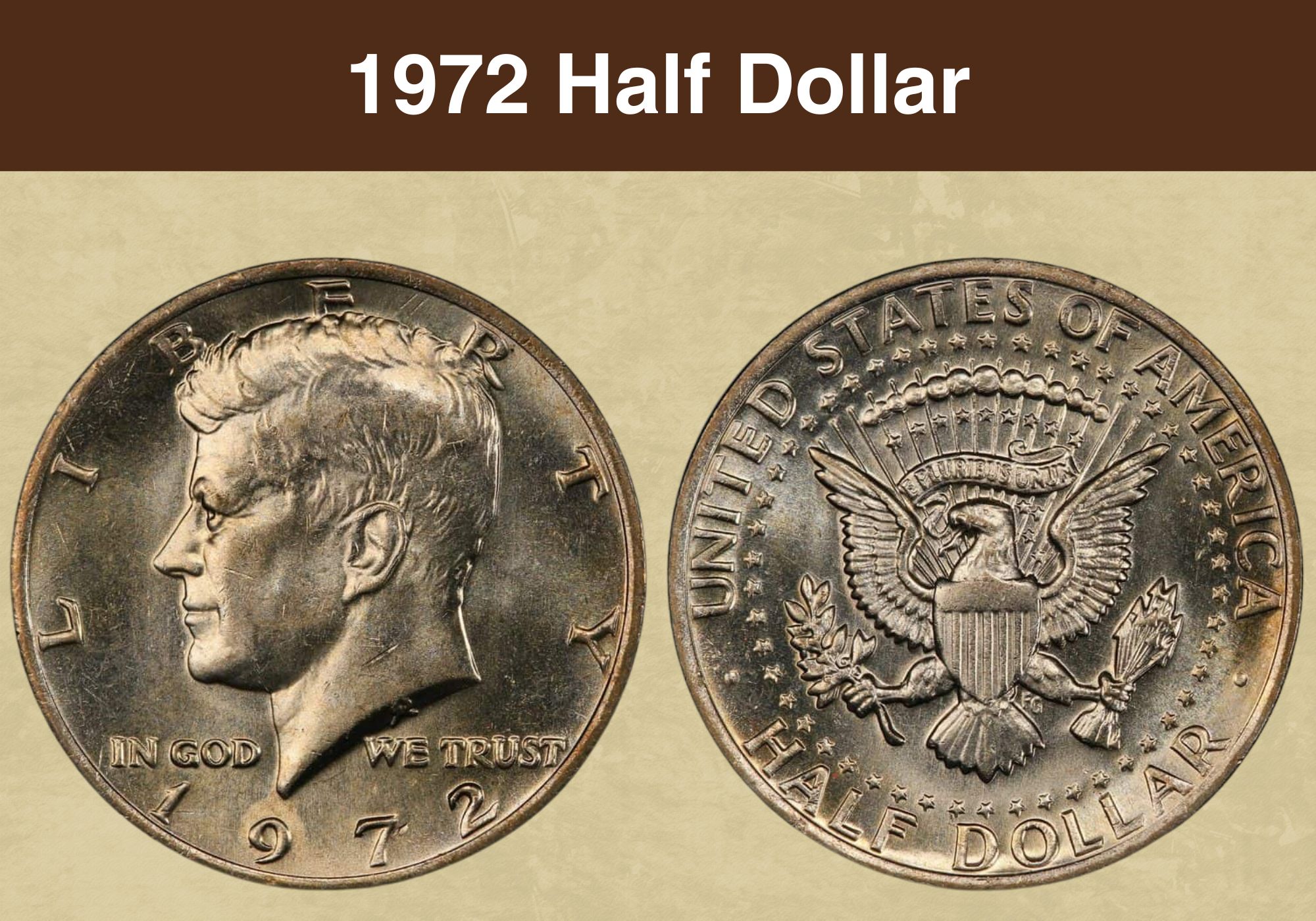
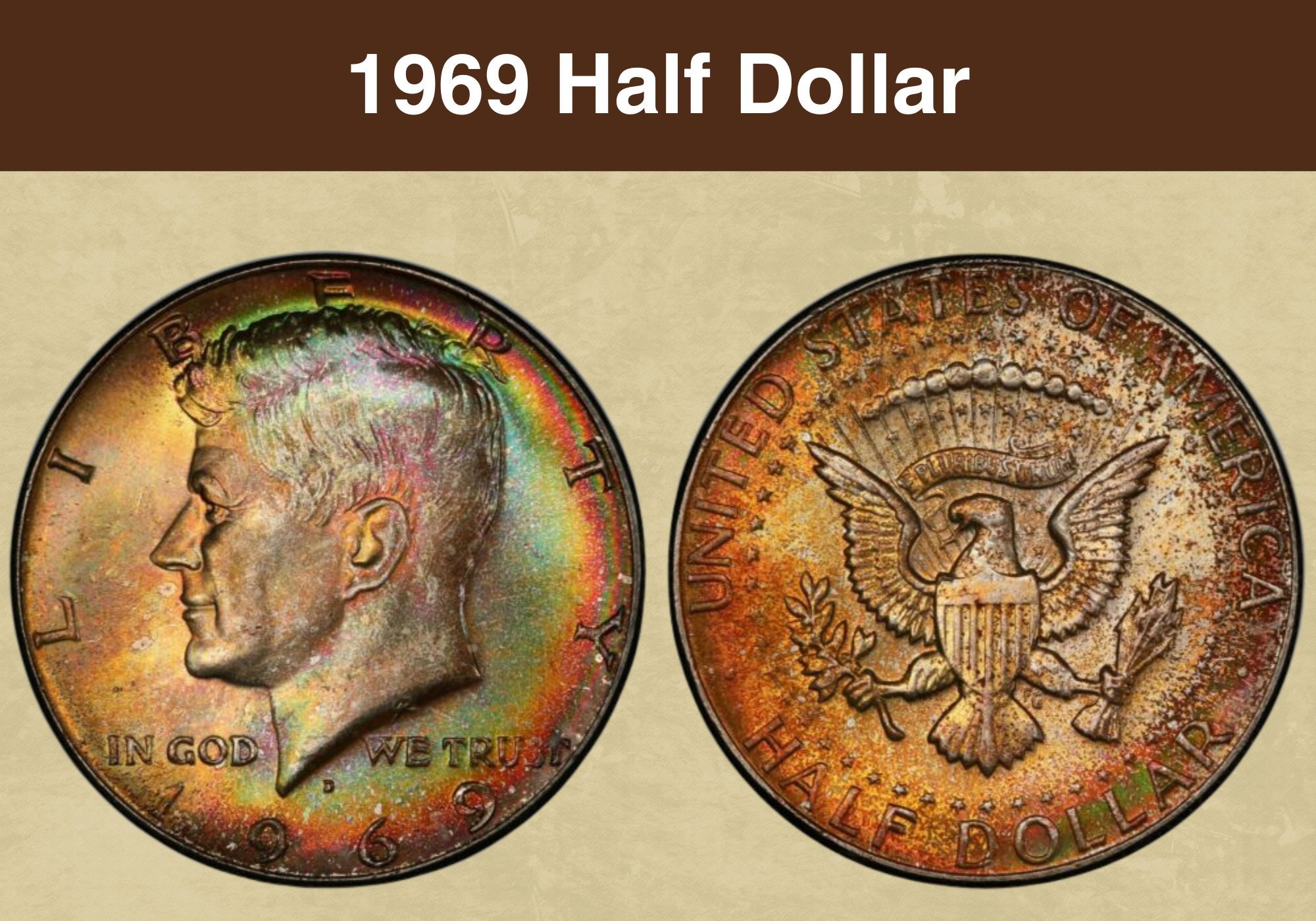
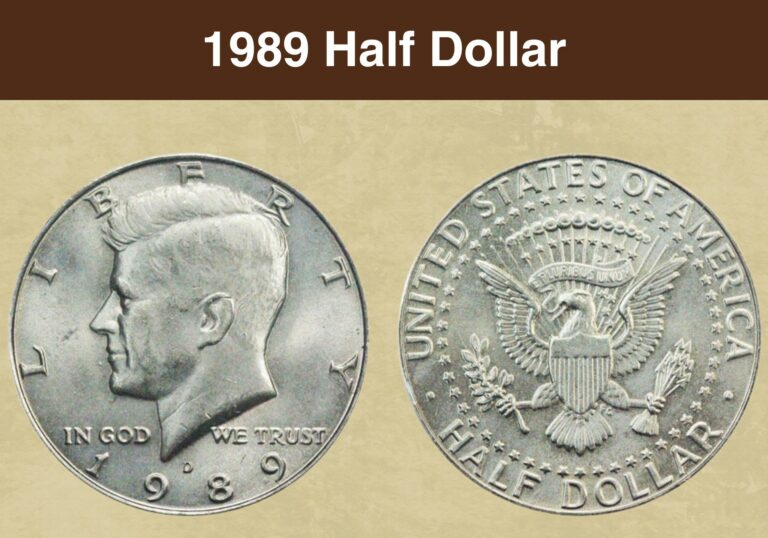
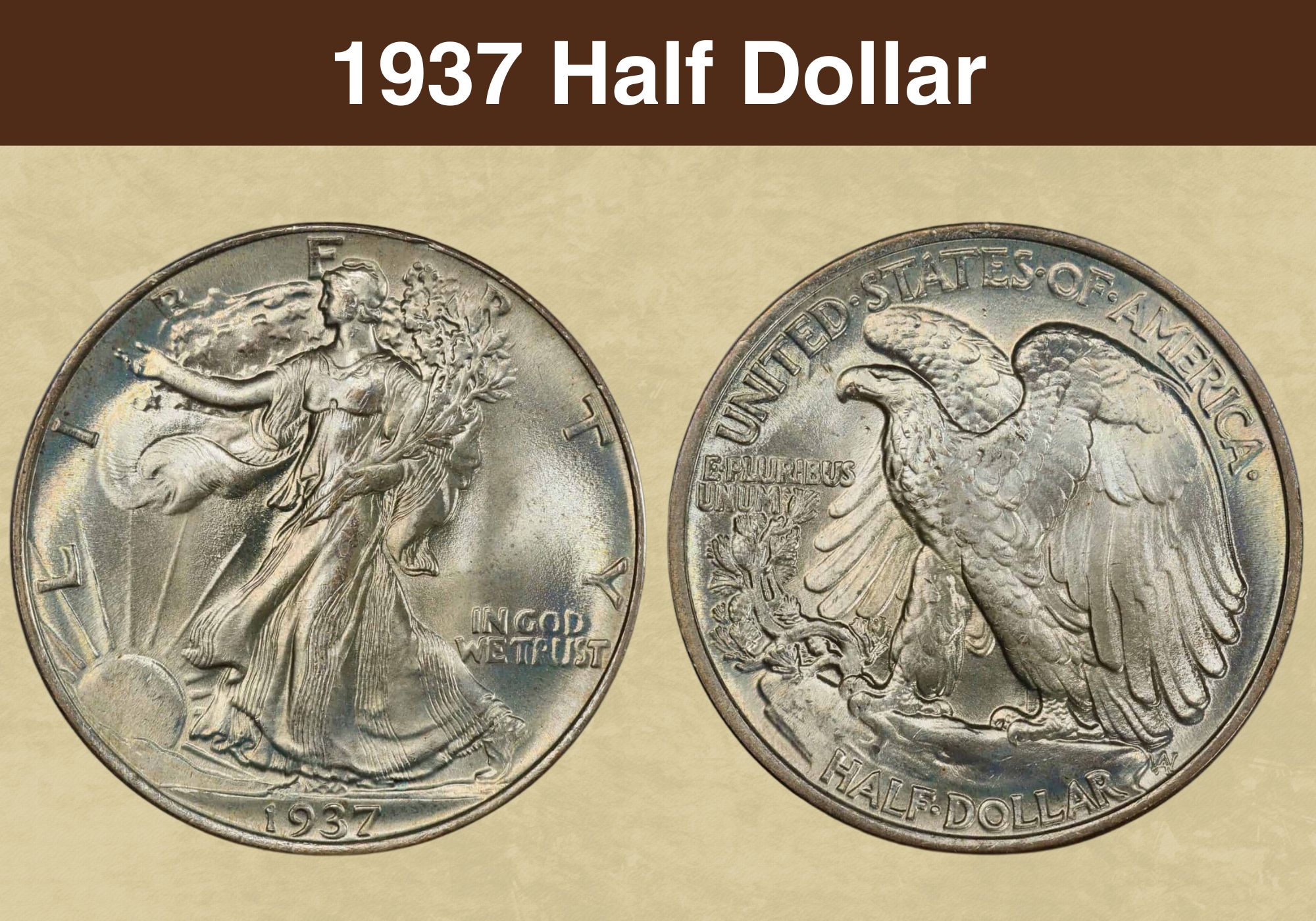
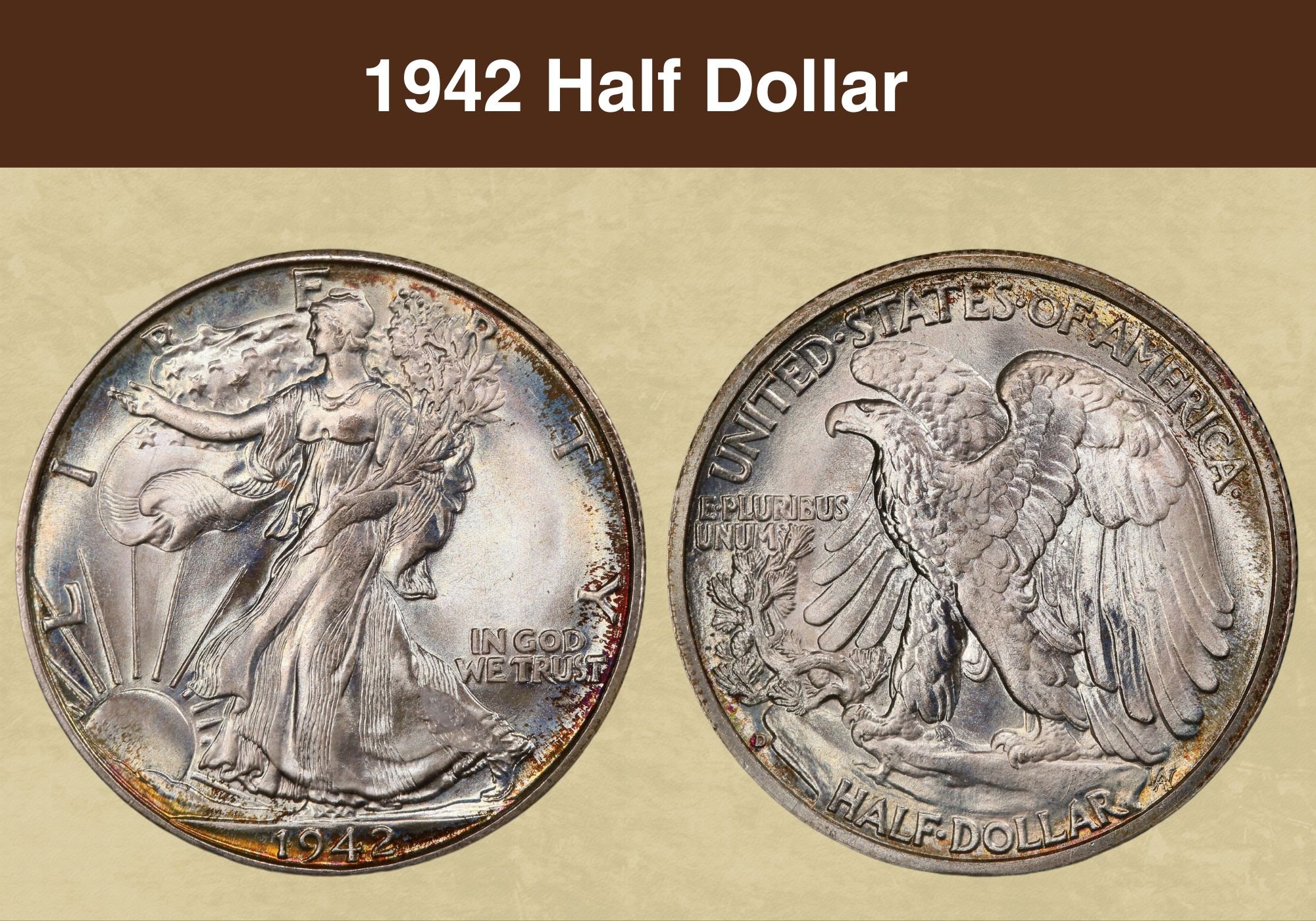
I have 2 Kennedy half dollar 1964, silver.
1 has a #4 between the 9-6 in the date. Can’t be seen with the naked eye.
2 has either an I or a T sideways behind the letter “I” in liberty
Any suggestions or ideas